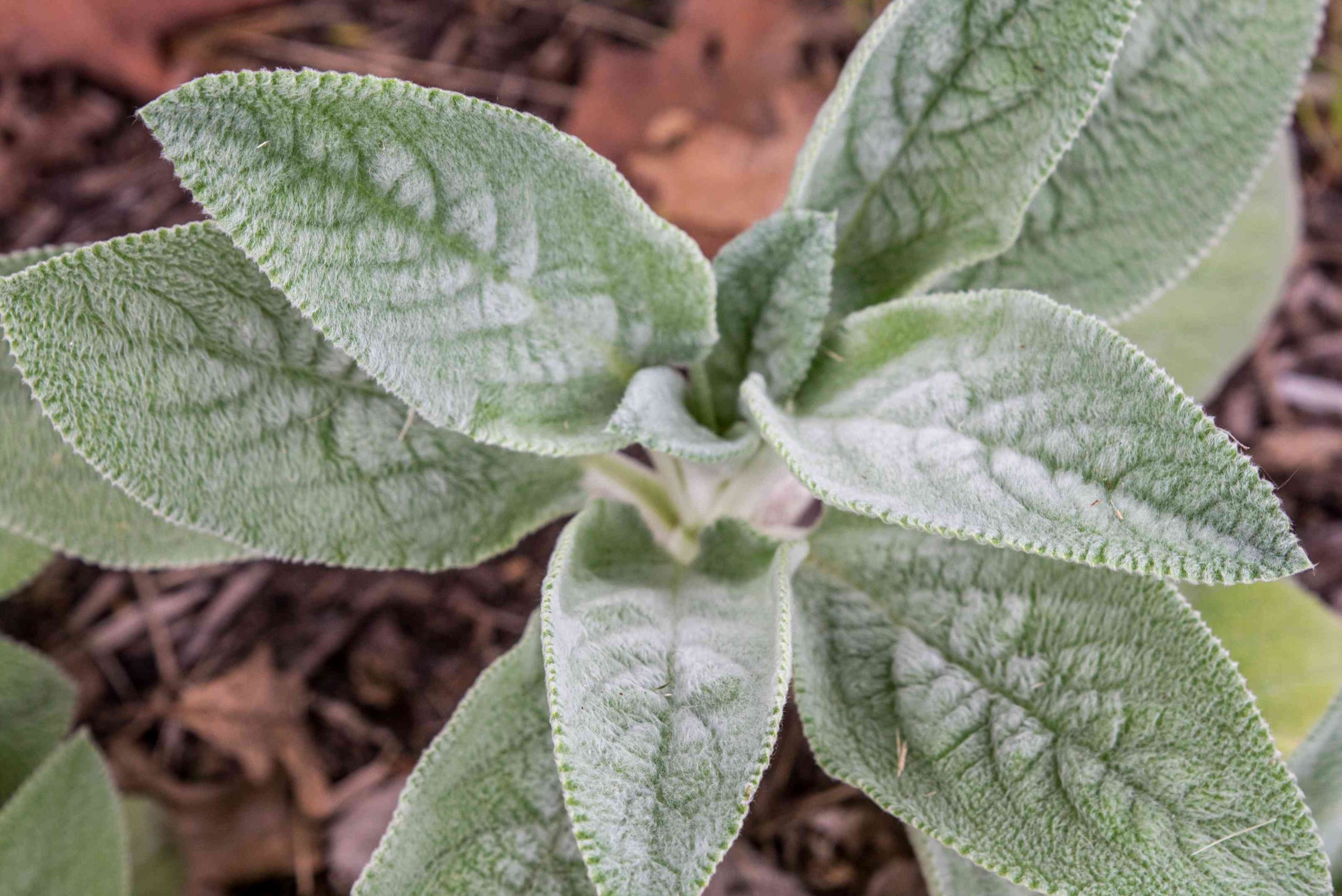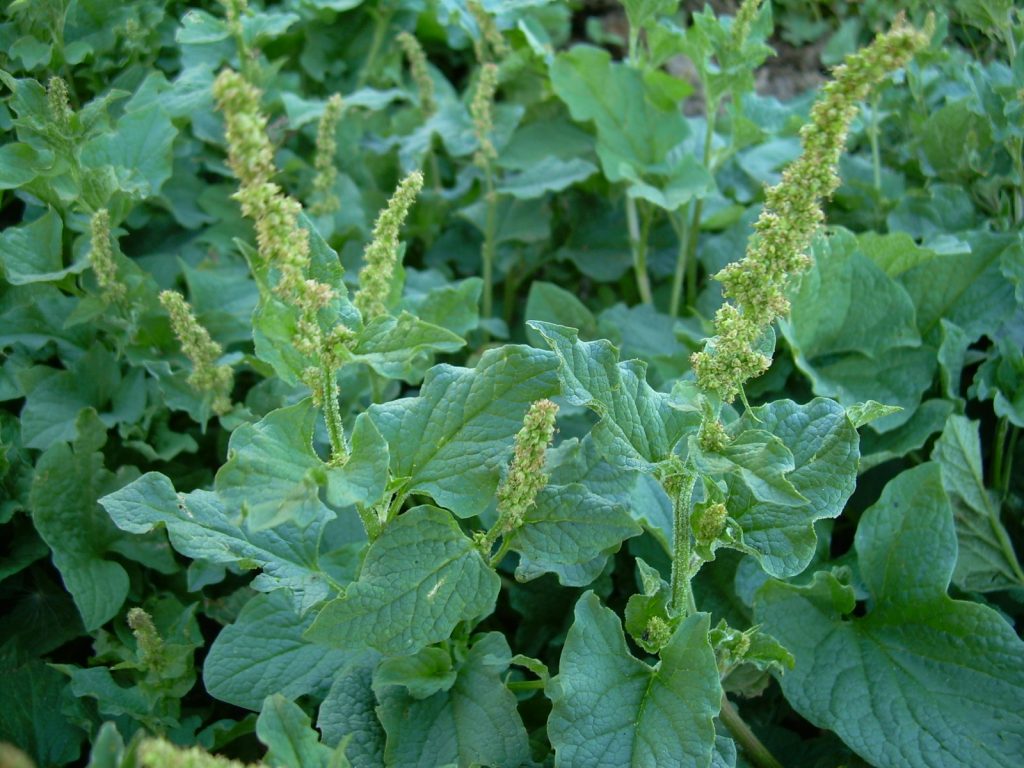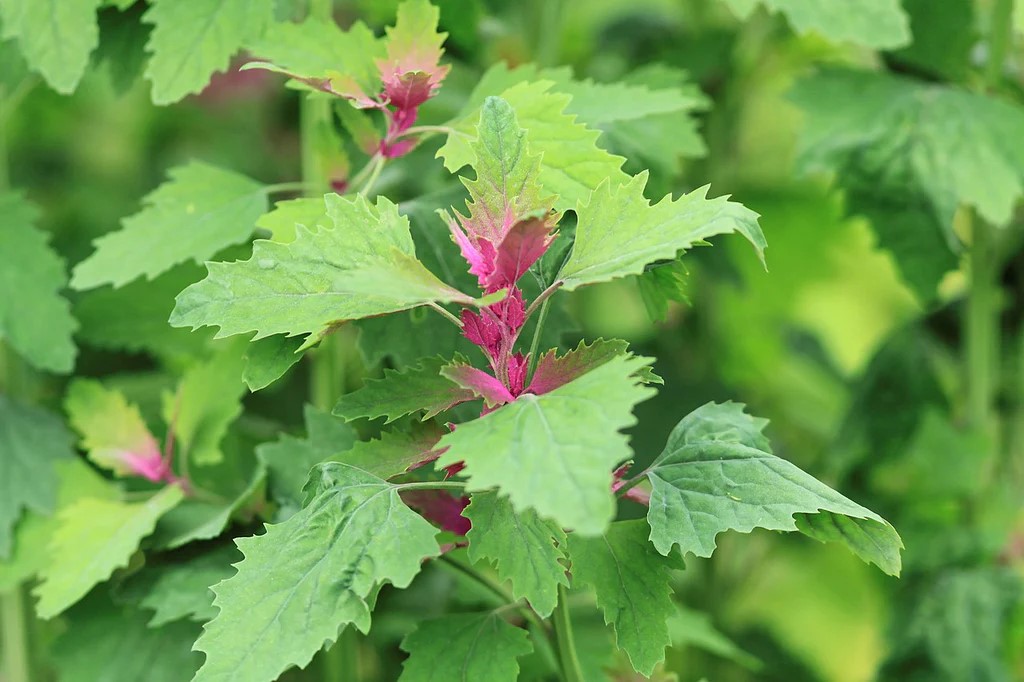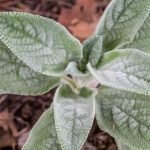
Approx. Reading time: About 9 Minutes

Introduction
A Comprehensive Guide to Foraging and Utilizing this Versatile Plant
Lamb’s Quarter, known scientifically as Chenopodium album, is a verdant gem among wild edibles, celebrated by foragers through the annals of time. Its colloquial monikers, “wild spinach” or “goosefoot,” hint at its culinary versatility and nutritional prowess. In this expansive compendium, we embark on a journey to unravel the mystique surrounding Lamb’s Quarter, delving into its diverse variants, nuanced identification cues, habitat preferences, and the multifaceted tapestry of its medicinal, culinary, and even mystical applications. Prepare to immerse yourself in a botanical odyssey that traverses the realms of flavor, healing, and enchantment as we unlock the secrets of this humble yet remarkable plant.

What is Lamb’s Quarter?
Lamb’s Quarter, a verdant marvel nestled within the genus Chenopodium, boasts a rich botanical heritage spanning continents and epochs. Originating in the fertile lands of Europe and Asia, this resilient plant has ventured far and wide, establishing its presence in diverse ecosystems across the globe, including the verdant landscapes of North America. Its botanical taxonomy places it among the esteemed company of the Chenopodium genus, a lineage renowned for its culinary and medicinal treasures.
At first glance, Lamb’s Quarter captivates with its distinctive foliage, a verdant tapestry adorned with diamond-shaped leaves that evoke the essence of nature’s craftsmanship. Each leaf bears a delicate powdery coating on its underside, akin to the ethereal hue of lamb’s wool, a subtle adornment that lends the plant its evocative name. This powdery texture serves as a protective mechanism, shielding the plant from excess moisture loss while imparting a velvety allure to its foliage. As sunlight filters through the canopy, casting dappled shadows upon the forest floor, the leaves of Lamb’s Quarter glisten with a muted sheen, an invitation to explore the hidden wonders of the natural world.
Variants of Lamb’s Quarter
While Chenopodium album is the most common variety of Lamb’s Quarter, there are a few related species and subspecies worth noting, including:
- Chenopodium bonus-henricus: Also known as Good King Henry or Lincolnshire Spinach, this variant has larger, arrowhead-shaped leaves and is prized for its culinary uses.
- Chenopodium giganteum: Known as Giant Lamb’s Quarter or Magenta Spreen, this variety has striking magenta-colored stems and is often cultivated as an ornamental and edible plant.
Exploring the Culinary Delights of Good King Henry
In the verdant realms of wild edibles, Chenopodium bonus-Henricus, affectionately known as Good King Henry or Lincolnshire Spinach, reigns supreme as a culinary treasure waiting to be discovered. With its larger, arrowhead-shaped leaves and a flavor profile that tantalizes the taste buds, this variant of the Chenopodium genus holds a special place in the hearts and kitchens of foragers and food enthusiasts alike. Join us on a journey through the enchanting world of Good King Henry as we uncover its culinary secrets and celebrate its gastronomic allure.

Discovering Good King Henry
Good King Henry, also referred to as Lincolnshire Spinach, is a leafy green plant renowned for its robust flavor and nutritional value. Belonging to the Chenopodium genus, this variant stands out with its distinctive arrowhead-shaped leaves, which can grow to impressive sizes compared to its more common counterparts. Native to Europe, particularly the United Kingdom, Good King Henry has also found favor in North America and other parts of the world where it has been introduced.
Identifying Good King Henry
Recognizing Good King Henry amidst the tapestry of the wild is a rewarding endeavor. Key identification features include:
- Large Arrowhead-Shaped Leaves: Good King Henry leaves are larger and broader than those of other Chenopodium species, often resembling the shape of an arrowhead.
- Stem and Growth Habit: Look for sturdy, upright stems adorned with clusters of leaves. Good King Henry typically grows in dense clumps, forming verdant patches in sunny or partially shaded areas.
Foraging Techniques
Foraging Good King Henry requires a keen eye and a gentle touch. Here’s how to gather this culinary gem responsibly:
- Respect Nature: Forage mindfully, taking only what you need and leaving behind enough plants to ensure their continued growth and reproduction.
- Harvesting: Select young, tender leaves for the best flavor and texture. Use scissors or garden shears to snip the leaves cleanly from the stem, allowing the plant to regenerate and thrive.
- Location: Good King Henry favors nutrient-rich soil in sunny or partially shaded locations, often flourishing in hedgerows, woodland edges, and meadows.
Culinary Delights
Good King Henry’s culinary versatility knows no bounds. Here are a few ways to savor its delectable flavors:
- Sautéed Good King Henry: Heat a skillet with olive oil, garlic, and a pinch of salt. Add chopped Good King Henry leaves and sauté until wilted. Serve as a side dish or add to omelets and frittatas.
- Good King Henry Pesto: Blend blanched Good King Henry leaves with garlic, pine nuts, Parmesan cheese, and olive oil to create a vibrant pesto sauce. Toss with pasta or use as a spread on sandwiches and bruschetta.
- Good King Henry Soup: Simmer Good King Henry leaves in a flavorful broth with potatoes, onions, and herbs for a comforting and nourishing soup.
Safety Precautions
While Good King Henry is generally safe to eat, it’s essential to forage responsibly and avoid harvesting from contaminated areas, such as those treated with pesticides or herbicides. Additionally, always properly identify plants before consumption to avoid any potential look-alikes or toxic species.
Wrapping up Good King Henry
Good King Henry shines as a beacon of nature’s generosity and culinary potential. Its hearty taste, rich nutritional profile, and diverse uses in the kitchen make it a favorite among foragers. This member of the Chenopodium family beckons adventurers to explore its flavors, experiment with new recipes, and deepen their bond with the natural world. Equip yourself for foraging, step into the wilderness, and let the unique charm of Good King Henry elevate your next culinary creation.
Unveiling the Majesty of Chenopodium giganteum
Chenopodium giganteum, affectionately known as Giant Lamb’s Quarter or Magenta Spreen, reigns supreme as a captivating botanical treasure waiting to be discovered. With its striking magenta-colored stems and a reputation for both ornamental beauty and culinary excellence, this variant of the Chenopodium genus captivates the senses and delights the palate. Join us on a foraging journey as we uncover the splendor of Giant Lamb’s Quarter and explore its many culinary and aesthetic delights.

Embracing the Majesty of Giant Lamb’s Quarter
Chenopodium giganteum, with its majestic stature and vibrant hues, adds a touch of regal elegance to any landscape. Originally hailing from the Caucasus region of Eurasia, this remarkable plant has since made its mark on gardens and wild spaces around the world, captivating onlookers with its towering presence and stunning magenta-colored stems.
Identifying Giant Lamb’s Quarter
Distinguishing Giant Lamb’s Quarter amidst the verdant tapestry of the wild requires a keen eye and an appreciation for its unique characteristics:
- Magenta-Colored Stems: Giant Lamb’s Quarter is distinguished by its striking magenta-colored stems, which stand out prominently against the backdrop of lush green foliage.
- Large, Jagged Leaves: The leaves of Giant Lamb’s Quarter are broad, jagged-edged, and arranged alternately along the stems, creating a dramatic silhouette that commands attention.
- Habitat: Look for Giant Lamb’s Quarter in sunny or partially shaded locations, often thriving in gardens, waste areas, and disturbed soils.
Foraging Techniques
Foraging Giant Lamb’s Quarter is a rewarding endeavor that requires mindfulness and respect for nature’s bounty. Here are some tips for responsible foraging:
- Harvesting: Select young, tender leaves and stems for the best flavor and texture. Use scissors or gardening shears to snip the leaves and stems cleanly from the plant, allowing it to regenerate and continue thriving.
- Location: Giant Lamb’s Quarter prefers well-drained soils and can often be found in gardens, parks, and other cultivated spaces where it may have been intentionally planted for its ornamental and edible qualities.
Culinary and Aesthetic Delights
Giant Lamb’s Quarter offers a feast for both the palate and the eyes, with its vibrant colors and delectable flavor. Here are a few ways to savor its culinary and aesthetic delights:
- Giant Lamb’s Quarter Salad: Toss young Giant Lamb’s Quarter leaves with fresh garden vegetables, a squeeze of lemon juice, and a drizzle of olive oil for a refreshing and vibrant salad.
- Magenta Spreen Stir-Fry: Sauté Giant Lamb’s Quarter stems with garlic, ginger, and soy sauce for a flavorful and colorful addition to stir-fries and Asian-inspired dishes.
- Ornamental Beauty: In addition to its culinary uses, Giant Lamb’s Quarter adds a touch of elegance to gardens and landscapes with its striking magenta-colored stems and dramatic foliage.
Safety Precautions
While Giant Lamb’s Quarter is generally safe to eat, it’s essential to forage responsibly and avoid harvesting from contaminated areas. Additionally, always properly identify plants before consumption to avoid any potential look-alikes or toxic species.
Wrapping up Giant Lamb’s Quarter
In the world of wild edibles, Giant Lamb’s Quarter stands as a true marvel of nature, captivating foragers and gardeners alike with its stunning beauty and culinary versatility. Whether adorning garden beds with its regal presence or gracing the dinner table with its vibrant flavors, this remarkable plant invites us to embrace the majesty of the natural world and savor the bountiful gifts it has to offer. So, don your foraging gear, venture into the wild, and let the splendor of Giant Lamb’s Quarter inspire your next botanical adventure.
Identifying Lamb’s Quarter and its Variants
Key identification features of Lamb’s Quarter include:
- Leaf Shape: Look for diamond-shaped leaves with a powdery coating on the underside, resembling frosted glass.
- Stem: Lamb’s Quarter typically has reddish or purplish stems, especially when young.
- Habitat: You’ll often find Lamb’s Quarter growing in disturbed soil, along roadsides, in gardens, and in waste areas.
Habits of Lamb’s Quarter
Lamb’s Quarter is an adaptable and hardy plant, thriving in a variety of environments, from fertile garden beds to neglected urban lots. It prefers rich, moist soil but can tolerate poor soil conditions. You’ll often find it growing vigorously in sunny or partially shaded areas, producing abundant foliage throughout the growing season.
Medicinal Uses of Lamb’s Quarter
Lamb’s Quarter is not just a culinary delight; it also offers various medicinal benefits, including:
- Nutritional Powerhouse: Rich in vitamins A and C, calcium, and iron, Lamb’s Quarter is a nutritious addition to your diet.
- Anti-Inflammatory Properties: Some traditional herbalists use Lamb’s Quarter to alleviate inflammation and soothe skin irritations.
- Digestive Aid: The leaves of Lamb’s Quarter have been used to aid digestion and alleviate minor gastrointestinal discomfort.
Culinary Uses of Lamb’s Quarter
Lamb’s Quarter is a versatile and flavorful wild edible, with culinary uses that rival those of its cultivated counterparts. Here are a few ways to enjoy Lamb’s Quarter in your kitchen:
- Salads: Add fresh Lamb’s Quarter leaves to salads for a nutritious and peppery kick.
- Stir-fries: Sauté Lamb’s Quarter with garlic and olive oil for a simple yet delicious side dish.
- Soups and stews: Use Lamb’s Quarter as a nutritious addition to soups, stews, and other cooked dishes.
- Pesto: Blend Lamb’s Quarter leaves with garlic, nuts, cheese, and olive oil to make a wild twist on traditional pesto.
How to Properly Forage Lamb’s Quarter
Foraging Lamb’s Quarter is a rewarding experience, but it’s essential to do so responsibly and safely. Here are some tips for proper foraging:
- Location: Look for Lamb’s Quarter in sunny or partially shaded areas, preferably in nutrient-rich soil.
- Harvesting: Choose young, tender leaves for the best flavor and texture. Avoid plants growing near roadsides or in polluted areas.
- Tools: Bring a pair of scissors or garden shears to harvest Lamb’s Quarter cleanly and efficiently.
- Quantity: Harvest only what you need and leave enough plants behind to ensure their continued growth and reproduction.
Safety Concerns
While Lamb’s Quarter is generally safe to eat, there are a few safety concerns to keep in mind:
- Toxic Look-alikes: Be cautious when foraging for Lamb’s Quarter, as it may resemble some poisonous plants, such as White Snakeroot (Ageratina altissima) or Fat Hen (Chenopodium album).
- Pesticides and Herbicides: Avoid harvesting Lamb’s Quarter from areas that have been treated with pesticides or herbicides, as these chemicals may contaminate the plants and pose health risks.
Magical Uses of Lamb’s Quarter
In folklore and herbalism, Lamb’s Quarter is associated with protection, abundance, and vitality. Here are a few ways to incorporate Lamb’s Quarter into your magical practice:
- Protection Spells: Carry a sachet of dried Lamb’s Quarter leaves for protection against negative energies or harmful influences.
- Abundance Rituals: Burn Lamb’s Quarter leaves as incense during abundance rituals or prosperity spells to attract wealth and success.
- Vitality Charms: Place a sprig of fresh Lamb’s Quarter on your altar to symbolize vitality and renewal, invoking the plant’s life-affirming energies.
Conclusion
Lamb’s Quarter is indeed a cherished gift bestowed upon us by the generosity of nature’s bounty. Beyond its humble appearance lies a treasure trove of nourishment, healing potential, and mystical properties waiting to be unearthed by those who venture into the wilderness. Whether you find yourself foraging for wild greens to grace your dinner table with their earthy flavors, crafting herbal remedies to soothe the body and soul, or weaving spells of protection and abundance under the moonlit sky, Lamb’s Quarter serves as a faithful ally and guide on your journey. As you immerse yourself in the sacred dance of foraging, brewing, and enchanting, may you feel the gentle embrace of Mother Earth’s embrace and the whispers of ancient wisdom that echo through the forest’s canopy. With each leaf plucked, each potion brewed, and each incantation whispered, may you deepen your connection to the natural world and awaken to the boundless wonders that lie within. So, with hearts full of gratitude and spirits ablaze with curiosity, let us venture forth into the untamed wilderness and embrace the magic that awaits. Happy foraging, dear seekers of the wild!














